Targeting audiences has always played an important role in the playbook of a CMO, but in 2025, it is the primary growth lever. As we move past the midway mark of the year, it is evident that the cost of acquiring new customers is increasing and consumers demand a personalized experience. The spray and pray is no longer effective. The transition is obvious: leave mass campaigns and go to specific and accurate audience targeting powered by AI and providing quantitative results. It is likewise occurring at the same time that new privacy regulations and platform shifts are transforming the way we reach individuals. These changes are visible to us at HT Media because we reach millions of readers across brands by connecting them every day and hence a clear picture of the targeting strategies in the audience.
TL;DR
This blog is tailored for Chief Marketing Officers (CMOs) and marketing leaders looking to master advanced audience targeting strategies in 2025 to drive conversions and growth effectively.
- AI-Powered Personalization: Leverage artificial intelligence and machine learning to predict user intent and deliver dynamic, personalized ads in real-time, increasing engagement and reducing acquisition costs.
- Privacy-First Data Approach: Shift from third-party cookies to first-party and zero-party data collection, respecting user consent and complying with new privacy regulations while creating accurate audience segments.
- Omnichannel & Cross-Platform Targeting: Use a unified strategy that integrates search, social, video, and emerging platforms to create seamless, consistent customer journeys across multiple touchpoints.
- Layered Targeting Techniques: Combine demographic, behavioral, psychographic, contextual, and geo-targeting methods, alongside retargeting and lookalike audience expansion, for highly precise and effective marketing campaigns.
The 2025 Targeting Landscape
The rules of audience targeting are changing fast. Here’s what’s driving it:
- Artificial Intelligence and Machine Learning: Artificial Intelligence is leading up to 75 percent of the digital marketing strategies thus becoming a major component of any successful audience targeting strategy. You can automate more complicated aspects of your workflow, such as real-time ad bidding and predictive analysis, to enable your team to focus on the high-level strategy.
- Search Everywhere: Discovery is no longer limited to Google. Individuals are going to platforms such as TikTok, YouTube, and even conversational AI like ChatGPT to discover products, and that is altering our conceptualization of audience-based targeting using search. This implies that the SEO strategy of a brand now has to spread over a variety of platforms, and each platform has its own unique search behavior.
- Privacy-First Marketing: First-party and zero-party data are now the key to creating trust and generating correct audience segments, as third-party cookies cease to exist. It is a change in the approach of tracing users through the web to gathering data with their permission.
- Platform Convergence: Campaigns are converging search, social and video, generating a unified, consistent customer journey. It implies that the user who watches a video advertisement on social media may get a search advertisement in the future, and the system will keep in mind the previous engagement.
Core Audience Targeting Strategies Every CMO Should Master
To win in 2025, you need to use a layered approach to audience targeting.
AI-Driven Personalization & Predictive Targeting
With the help of AI, the intent of a user can be predicted, which will make dynamic ads that alter in real-time dependent on the user. As a case in point, in case a user is seeking flights to a particular city, AI can show them a hotel offer at that specific period of time. It results in an enormous increase in the click-through rates and a decrease in the cost per acquisition.
Demographic Targeting with AI
Although segmentation based on age, gender, and income are normal, AI brings an element of personalization where it dynamically changes the creative to suit a particular demographic. Creative versions of the ad can be sent to the younger or older audiences with the help of a single campaign, and the message will not seem alien.
Behavioral, Interest, & Intent-Based Targeting
This is a strategy in which a user Browse history, purchase history, and other online activities are used to determine the stage the user is in the buying process. It is about displaying the appropriate advertisement at the appropriate time. Such as a person who has browsed the websites of hiking gear may be an ideal target of an outdoor clothing advertisement.
Geo-Targeting & Hyperlocal Activation
Audience targeting based on location is becoming intelligent. It now has weather-, local event-, or even real-time foot-traffic triggers, so your ads will be more relevant than ever. Think of a coffee shop being delivered automatically to those within a two block radius on a cold day.
Psychographic Targeting
This is not limited to demographics but focuses on individual people based on their lifestyle, attitude and values. It is an effective strategy to connect more with your brand. A sustainability-oriented brand could appeal to a customer who is interested in an environmentally friendly lifestyle, as an example.
Contextual Targeting
One of the best methods of enhancing engagement is placing the advertisement in credible and pertinent editorial content. It will guarantee that your message is viewed in a premium, brand-safe context. An advertisement on a car on the side of a blog that has a review of the new car models is an excellent example of contextual targeting.
Lookalike Audience Expansion
Using your first-party data, you can identify new customers with similar profiles to your most desirable and profitable customers to effectively scale your campaigns. It is a means to identify more individuals who are likely to convert, according to the profiles of your most successful customers.
Retargeting & Remarketing
Wisely targeting your ads to those who have made a prior interaction with your brand can make them go through the sales funnel without feeling ad fatigue. A customer that checked a product but did not purchase it may encounter a product reminder advertisement and then several days later a special offer.
Best Practices for Your 2025 Targeting Strategies
- Combine Layers: The best audience targeting plans do not depend on one technique. Overlapping layers of data, such as demographics, behavior, and location, form a highly targeted, high-value segment of the audience, more than likely to convert.
- Optimize for All Search: Ensure that your strategy is informed by voice, visual, and conversational search to reach all potential customers. It involves image optimization of visual search on Pinterest and being ready to be asked with voice questions by the Google Assistant.
- Think Omnichannel: You need to make sure that your targeting is the same on any platform that the customer can access giving them a unified experience. When a user views an advertisement in social media, they are meant to experience continuity when they visit your site or when they view an ad of related content on another platform.
- Prioritize Privacy: Always gather data with the consent of the user. This creates trust, which is a significant competitive advantage. Transparency on the usage of customer data is not just a good practice but it is also the law of the land.
- Refresh Segments: Keep your audience segments current using AI analytics. Yesterday it may not work tomorrow. Its real-time characteristic will allow you to react to shifting consumer behavior as well as market trends in real time.
- Align with Values: Demonstrate to your audience that your brand has meaning by aligning your audience targeting with value-driven and sustainable messages. Consumers will prefer to purchase products of brands that resonate with their personal values, and it should be reflected in your targeting.
Taking Your Strategy to the Next Level with HT One
Realizing these strategies is not only about a plan, but also about the appropriate technology and target audience. Enter HT One. Our proprietary, AI-based advertising platform will enable you to run these very strategies at scale and with precision. HT One leverages our deep first-party data, which has been aggregated over millions of engaged readers across our 20+ digital properties to build very precise, privacy-safe audience cohorts. This allows you to reach the right individuals, with the right message, on the right platform, and it all can be done in a way that is not disruptive and easy to use. We have experienced, first-hand, the real-life results that this strategy produces, with certain audience-targeting campaigns realizing a 2.5X improvement in click-through rates. Whether it is dynamic ad formats, cross-platform measurement or anything in between, HT One has the tools you require to take your trend-watching to actionable results, allowing you to establish brand trust and deliver measurable results.
Frequently Asked Questions
What is the biggest change in audience targeting for 2025?
The most significant change is the replacement of third-party data with the use of first-party data. This is being powered by new privacy laws and the desire to have more targeted, consent-driven marketing completely changing the way we build and position audience targeting campaigns.
How does AI help with audience targeting?
There are several ways in which AI can assist with audience targeting: predicting customer behavior, generating dynamic creative assets, and automating audience segmentation. It will improve your targeting efficiency and accuracy and enable you to receive better results with your campaigns.
Is it still effective to use demographic targeting alone?
No, demographic targeting is best when it is coupled with other layers such as behavioral and psychographic data. This will give a fuller picture of the customer and result in improved outcomes in your audience targeting.
How do I get first-party data for my audience targeting?
First-party data is data that you can collect directly about your customers via your own site, email subscribers, or other loyalty programs. This information is very useful since it is first party data that is data of people who have already expressed interest in your brand and is therefore an incredibly effective tool when it comes to targeting the audience.
What is the difference between first-party and zero-party data?
The first-party data is the data you capture directly, based on user activity on your site, what they view or buy. Zero-party data is information that a customer provides to you freely and actively, like their preferences, interests, or contact preferences. The two are essential in privacy-oriented audience targeting.
Ready to take your brand to the next level? Connect with us today to explore how HT Media can amplify your presence across our diverse portfolio of 25+ brands and properties. Let's turn your brand vision into reality!

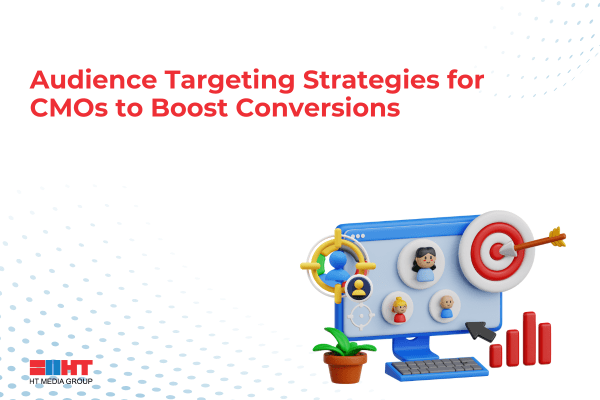


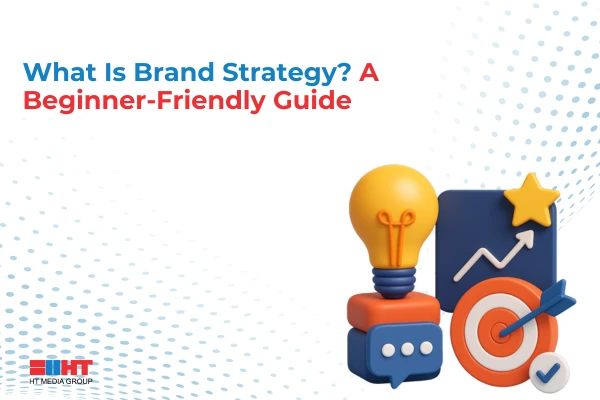
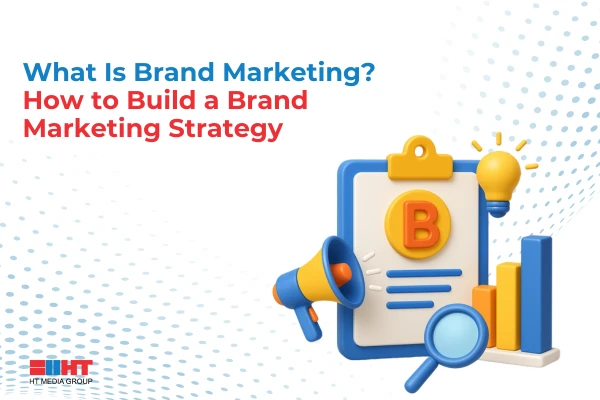
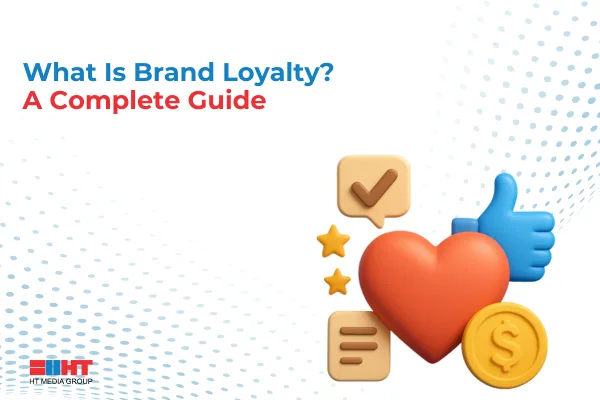
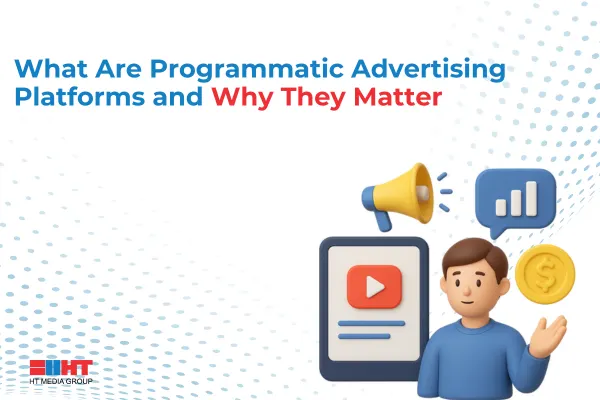
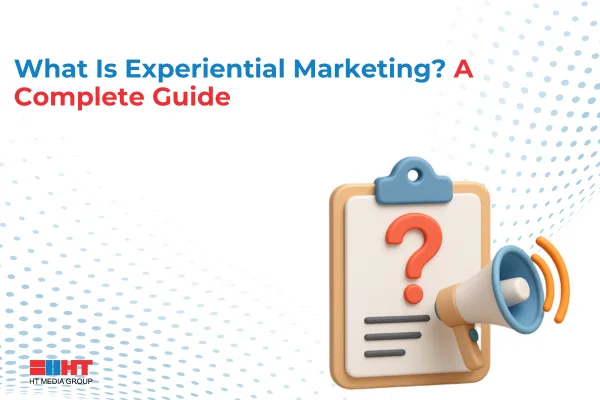
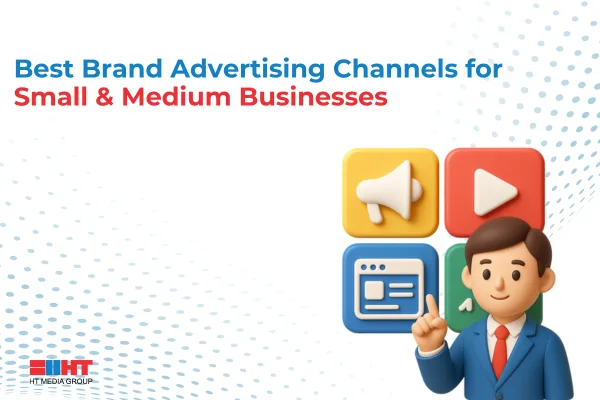
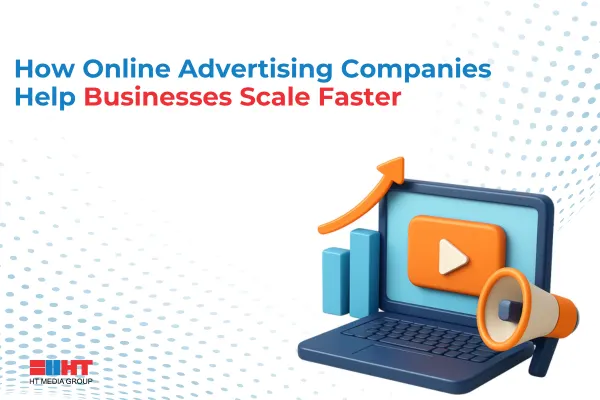
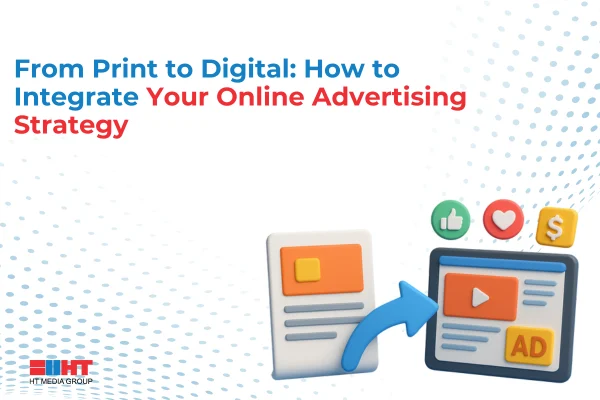
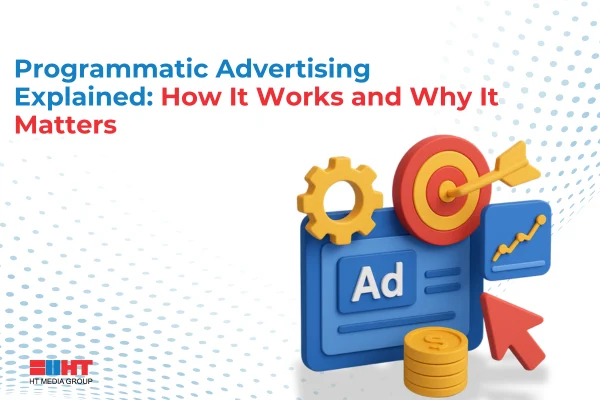
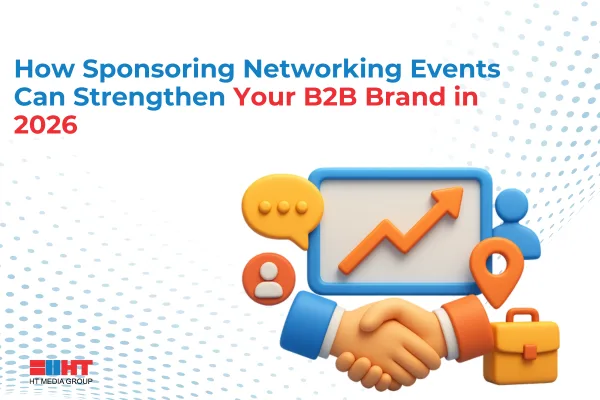

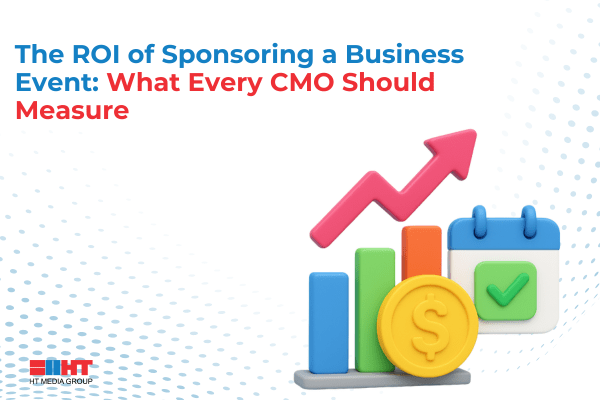

Comment